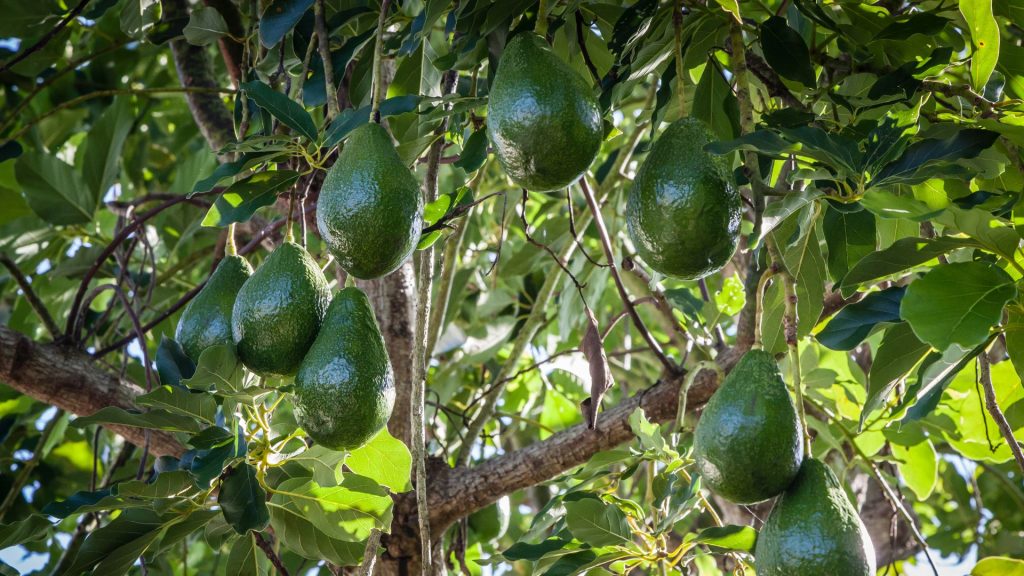There is magic about eating fruits and vegetables seasonally. It’s another way of connecting to nature and eating what it has to offer you for each season. Having said that definitely one of my favorite moments of the year is when I start seeing the avocados arrive in the markets. Instantly I start thinking about the guacamole, sandwiches, and dessert I am going to make with that lovely green fruit. But apart from the eatable magic of avocado, it is also a beautiful plant and it can be a great plant to have in your apartment. You can grow your own avocado tree from seed. The question is: Can you grow avocado from seed? Stick with me here and I will explain how to grow an avocado plant from a seed.
So, the first thing you will need to grow avocado from seed is an avocado seed. It is usually something that most people throw out but instead of doing that, you can keep a few and start growing them.
How to Grow Avocado from Seed in Water?
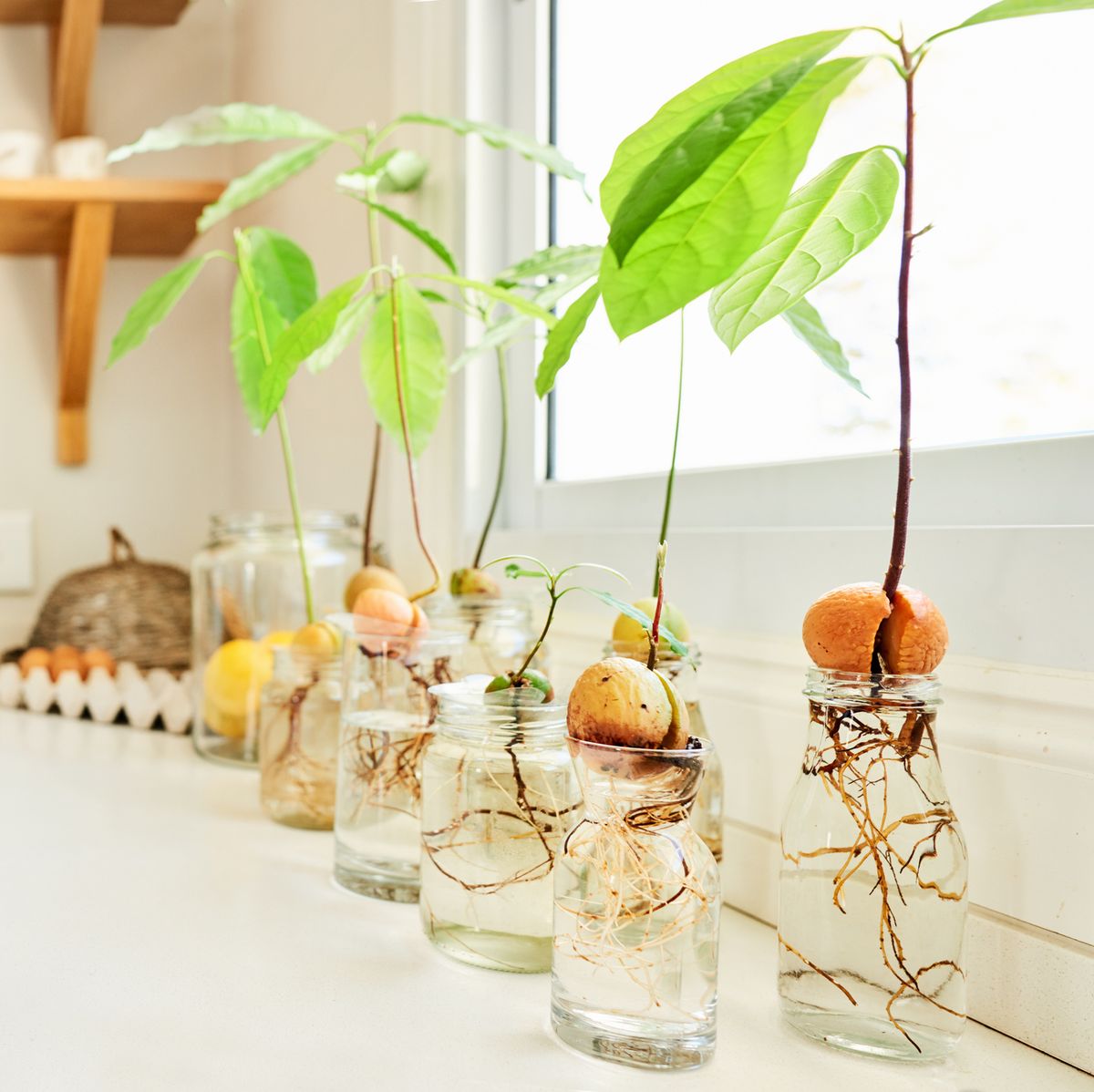
Things you are going to need:
- avocado seed
- toothpicks
- a drinking glass or a jar
It is a very easy, very straightforward process:
- Save the avocado seed intact, wash it as to remove any residue that might have stayed on it from the avocado itself. Let it dry.
- After that, you take the seed and you stick the toothpicks inside of it midway up, I suggest you stick it with three to four toothpicks, of course, this will depend on the size of your avocado seed.
- After doing that you can place your seed with the wider end down in the drinking glass or jar. Then you may fill it with water until it’s covering the bottom third part of the seed.
- Put the glass or jar in a place where it warm but not in direct sunlight, and take care of it by changing the water on a regular basis. Roots and a sprout should start appearing around 2-6 weeks. This is a time frame but just like humans, each seed has, its own time so the growing time might be different for each seed. But if it passes a lot from this time and it still hasn’t grown start with another seed.
Now after This First Process, Grow a Plant from Avocado Seed, You Have Two Options:
- If your purpose is more decorative, to have some beautiful plants in your home. You can keep them in the water and let them grow like that inside the jar. After a while, they can become quite tall and beautiful. In the jar, you can seed the plant and the roots which are really nice to see as they grow. And you can have your own avocado glass jar forest going on in your home.
- If you want to actually have a bigger plant and possibly an avocado tree, that you can get your own avocados from in the future, you will have to transfer the seed to a pot with soil.
Which Brings Me to the Second Process: How to Grow an Avocado Tree from a Seed?
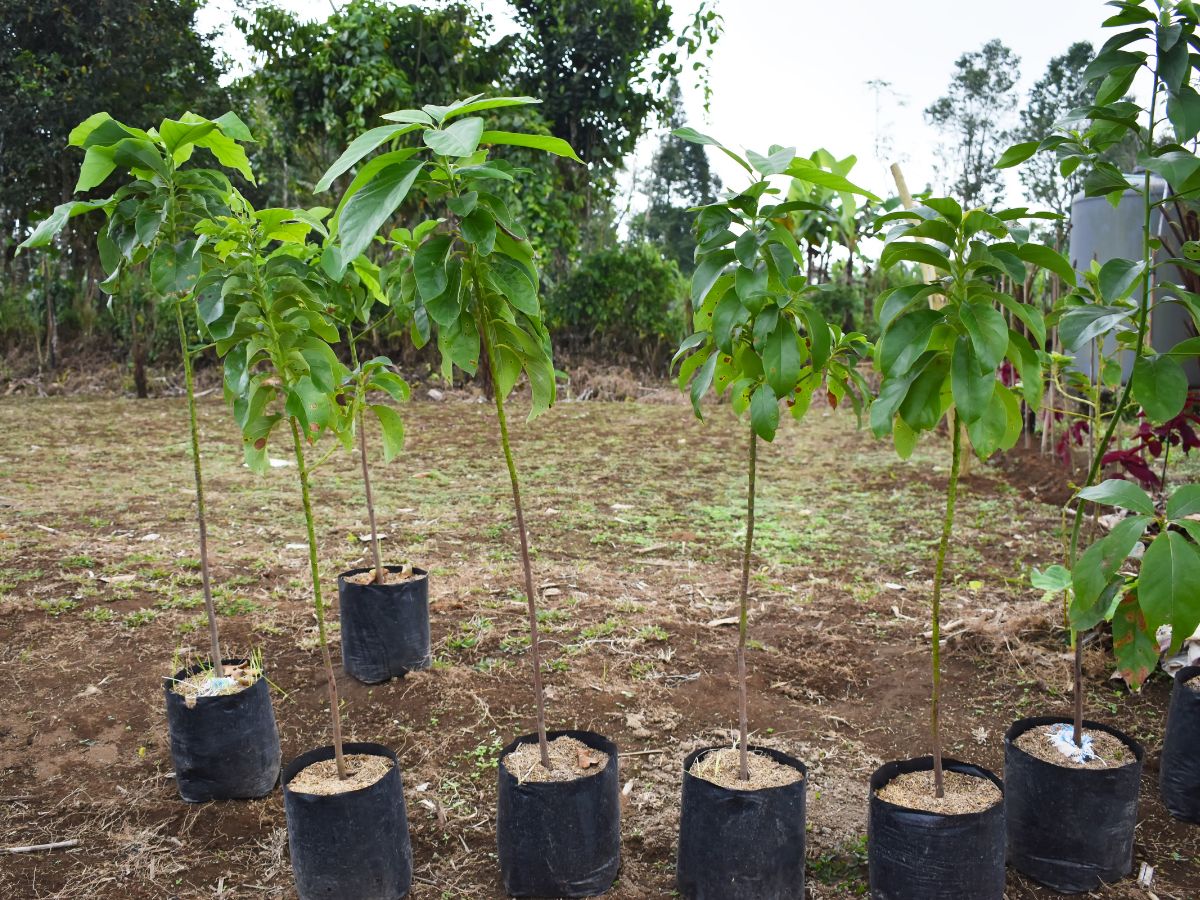
You have completed the first step, your seed now has sprouted and has beautiful roots. What to do next?
You will need two things for this next step:
- A planting pot of about 25 centimeters
- Soil. Some good rich soil.
So what you have to do is plant your seed in the soil in the pot. Place the pot in a sunny location in your house and water it regularly but lightly, you want to maintain the soil moist but not super wet otherwise you will drown your dear plant. If the leaves start to become yellow it means you are overwatering it. After that just let nature do its magic and watch your avocado seed grow into a beautiful strong tree.
When the stem reaches about 30 centimeters of height, you can cut out the two top sets of leaves. This will give encouragement for the plant to start growing more side shoots and with that more leaves will come. Making your plant more full. Every time the plant grows another 15 centimeters you can repeat this process, cutting the new sets of leaves on the top of the plant.
Caring for the Avocado Seedling
Once your avocado seed has germinated and a seedling has emerged, it’s important to provide proper care to ensure healthy growth. Here are some key aspects to consider:
Providing Adequate Sunlight
Avocado seedlings need plenty of sunlight to thrive. Place your seedling in a sunny spot where it can receive at least 6-8 hours of sunlight per day. Consider rotating the pot periodically to ensure all sides of the seedling receive equal exposure to sunlight, preventing uneven growth.
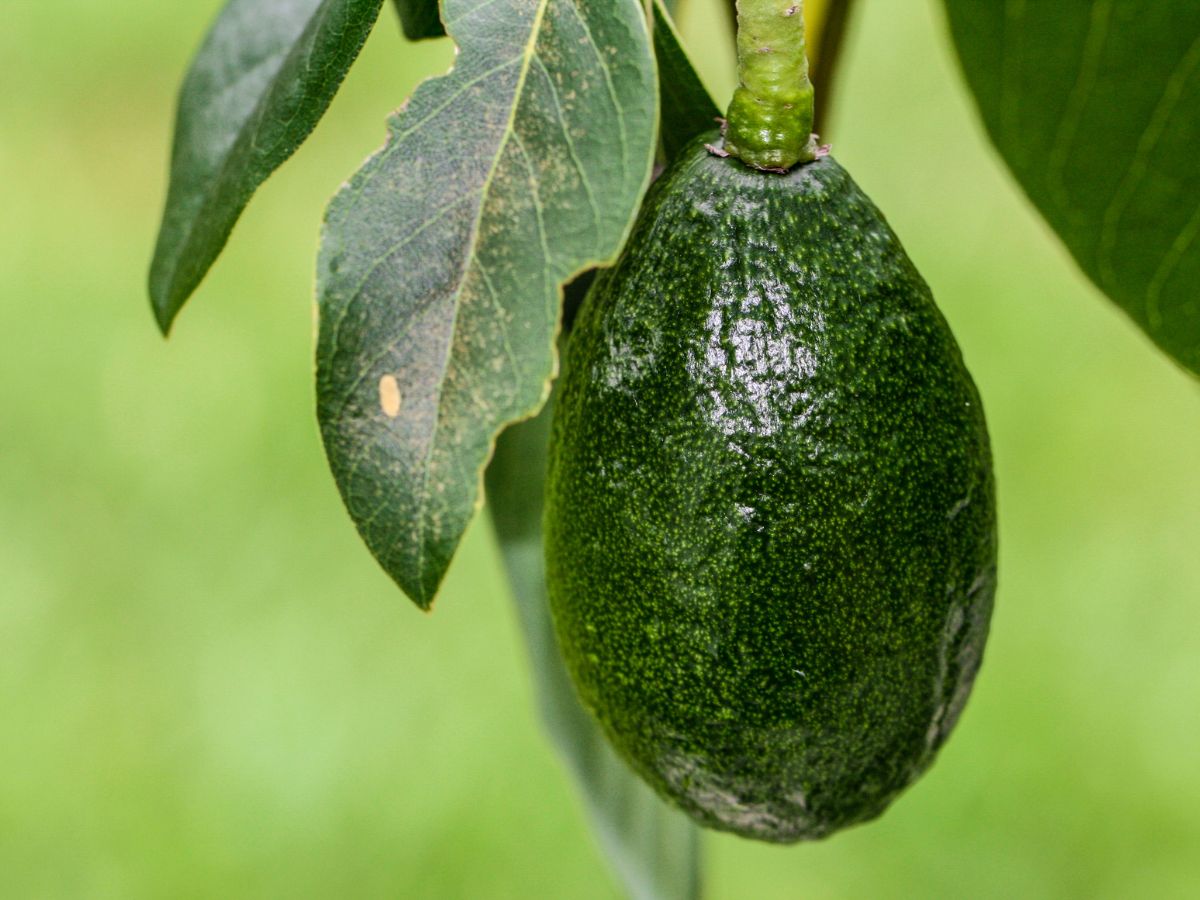
Watering Appropriately
Avoid overwatering or underwatering your avocado seedling. The soil should be kept evenly moist, but not waterlogged. Check the moisture level by inserting your finger about an inch into the soil; if it feels dry at that depth, it’s time to water. Be cautious not to let the soil dry out completely, as it can stress the seedling.
Monitoring Humidity
Avocado seedlings prefer a humid environment. You can increase humidity around the seedling by misting the leaves with water or placing a tray of water near the plant to provide humidity through evaporation. Avoid misting the soil directly, as it can lead to mold or fungus growth.
Pruning for Healthy Growth
Pruning is an essential part of caring for avocado seedlings. Regularly trim back the top leaves to encourage bushier growth and prevent the seedling from becoming too tall and spindly. Prune any yellowing or diseased leaves to maintain overall plant health.
Remember to be gentle while handling the seedling, as they can be delicate at this stage of growth. Avoid excessive handling or transplanting unless necessary to minimize stress on the seedling.
Providing Proper Nutrients for Avocado
To ensure healthy growth and development, avocado trees require proper nutrition. Here are some important considerations for providing the right nutrients to your avocado tree:
Understanding Nutrient Requirements
Avocado trees have specific nutrient requirements that should be met for optimal growth. These include essential macronutrients such as nitrogen (N), phosphorus (P), and potassium (K), as well as micronutrients like magnesium (Mg), calcium (Ca), and zinc (Zn). Understanding the specific nutrient needs of avocado trees will help you provide the right fertilizers and maintain proper nutrition.
Using Organic Fertilizers
Organic fertilizers are ideal for nourishing avocado trees, as they provide slow-release nutrients that promote long-term growth. Choose a balanced, organic fertilizer formulated for fruit trees, and apply it according to the manufacturer’s instructions. Organic options like compost, well-rotted manure, and worm castings are also beneficial for improving soil fertility and providing natural nutrients to the tree.
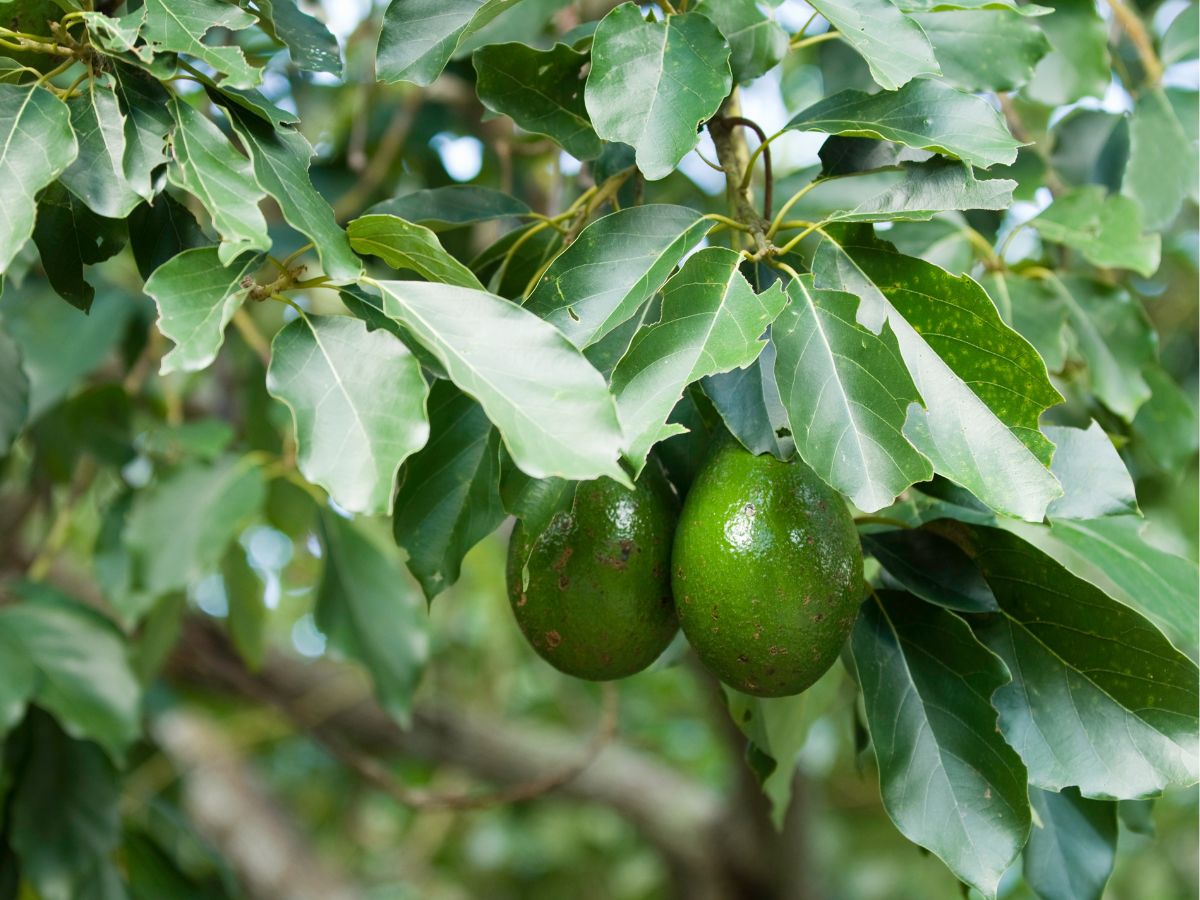
Avoiding Over-Fertilization and Nutrient Deficiencies
Over-fertilization can harm avocado trees, leading to burnt roots, salt build-up in the soil, and nutrient imbalances. It’s important to follow the recommended application rates and not exceed them. Additionally, nutrient deficiencies can negatively impact tree growth. Keep an eye out for signs of nutrient deficiencies, such as yellowing leaves or stunted growth, and address them promptly with appropriate fertilization or soil amendments.
Testing Soil pH
Avocado trees thrive in slightly acidic to neutral soil with a pH range of 6 to 7. Regularly test the soil pH and adjust as needed using lime or sulfur to maintain the optimal pH range for avocado trees. This will ensure that the tree can efficiently absorb the nutrients from the soil.
Monitoring and Adjusting Nutrient Program
As your avocado tree grows, its nutrient requirements may change. Monitor the tree’s overall health, growth, and foliage color, and adjust your nutrient program accordingly. Consider factors such as the tree’s age, size, and environmental conditions when determining the appropriate nutrient regimen.
Managing Pests and Diseases for Avocado
Avocado trees can be susceptible to pests and diseases that can negatively impact their health and growth. Here are some essential steps for managing pests and diseases in avocado trees:
Identifying Common Pests and Diseases
Familiarize yourself with the common pests and diseases that can affect avocado trees. Some common pests include aphids, mites, thrips, and avocado lace bugs, while diseases like root rot, anthracnose, and powdery mildew can also pose a threat to avocado trees. Learn to identify the symptoms of infestation or infection, such as distorted leaves, necrosis, or discoloration, to take prompt action.
Implementing Natural Pest Control Methods
Avoid using harmful chemical pesticides on avocado trees, as they can harm beneficial insects and disrupt the ecosystem. Instead, implement natural pest control methods. For example, you can introduce beneficial insects like ladybugs or lacewings to feed on pests, or use neem oil or insecticidal soap to deter pests. Additionally, you can use physical barriers such as sticky traps or row covers to prevent pests from accessing the tree.
Treating Diseases Promptly
If you notice any signs of disease in your avocado tree, such as leaf spots, wilting, or cankers, it’s crucial to take immediate action. Remove and destroy any infected plant material, and treat the tree with appropriate fungicides or bactericides as recommended by a professional or local extension office. Prompt treatment can help prevent the spread of diseases to other parts of the tree or neighboring trees.
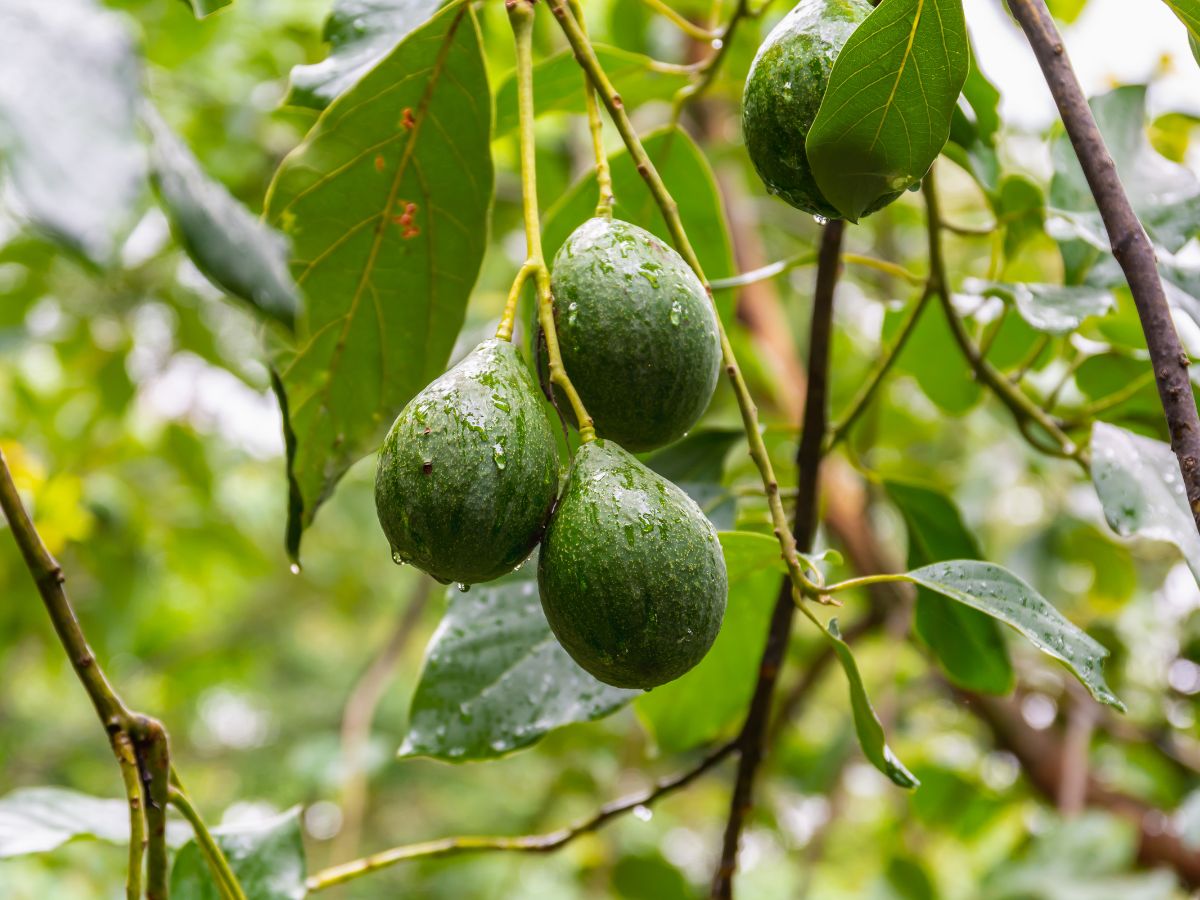
Practicing Good Sanitation
Proper sanitation practices can also help prevent pests and diseases in avocado trees. Keep the area around the tree clean by removing fallen leaves, fruit, and debris that can harbor pests or pathogens. Avoid overwatering, as excess moisture can create favorable conditions for diseases to thrive. Regularly prune dead or diseased branches to improve air circulation and prevent the spread of diseases.
Monitoring for Signs of Infestation or Infection
Regularly inspect your avocado tree for any signs of pest infestation or disease infection. Early detection is key to effective pest and disease management. Keep a close eye on the tree’s foliage, branches, and trunk, and take prompt action if you notice any abnormalities.
Frequently Asked Questions (FAQs)
Can I grow an avocado tree from the seed of a store-bought avocado?
Yes, you can grow an avocado tree from the seed of a store-bought avocado. However, keep in mind that not all avocado seeds will sprout, and even if they do, the resulting tree may not produce fruit true to the parent plant.
How long does it take for an avocado seed to sprout?
It can take anywhere from 2 to 8 weeks for an avocado seed to sprout, depending on various factors such as the freshness of the seed, temperature, and moisture levels.
Do I need to remove the seed coat before planting an avocado seed?
It is not necessary to remove the seed coat before planting an avocado seed. The seed coat will naturally split open as the seed germinates and the shoot emerges.
Can I plant an avocado seed directly in the ground?
While it is possible to plant an avocado seed directly in the ground, it is generally recommended to start with a container or a pot to provide better control over the growing conditions and ensure successful germination.
How much sunlight does an avocado seedling need?
Avocado seedlings require bright, indirect sunlight for healthy growth. Place them in a well-lit area, but avoid direct sunlight, as it can cause leaf burn.
How often should I water my avocado seedling?
Avocado seedlings prefer slightly moist but not waterlogged soil. Water the seedling thoroughly when the top inch of the soil feels dry, but be careful not to overwater, as it can lead to root rot.
Can I plant my avocado seedling outdoors?
Avocado seedlings are sensitive to cold temperatures and frost, so it is recommended to keep them indoors or in a protected area until they are mature enough to withstand outdoor conditions, typically after 2-3 years of growth.
How long does it take for an avocado tree to bear fruit?
Avocado trees typically take 3-5 years or more to start bearing fruit, depending on various factors such as the growing conditions, avocado variety, and care provided.
How do I care for my avocado tree during winter?
Avocado trees are sensitive to cold temperatures and may require protection during winter. Consider wrapping the trunk with insulation or covering the tree with blankets or frost cloth to protect it from frost and cold winds.
Will Your Avocado Tree Definitely Grow Fruits?
Not necessarily, there is a chance that they will become beautiful trees but not grow fruits. But honestly, I wouldn’t focus on that what you should focus on is enjoying these first steps fully and I am sure that just seeing a plant grow from a seed is something very special to watch it will make you feel connected to it.
I was recently at a friend’s place and she had a few avocado plants growing inside the water and they were already really tall and it looks really cool. So if you don’t really feel like going through the process of the transfer to the pot and soil, that is always a great option.
How long to grow an avocado tree from seed? It really depends a lot on the seed, your care, but usually from 4 to 13 years until it starts giving fruits. But considering how tasty they are I say it’s definitely worth the time.
I hope this article was helpful in teaching you how to grow avocado from the pit and that you have a wonderful time with this amazing plant and its fruits.


